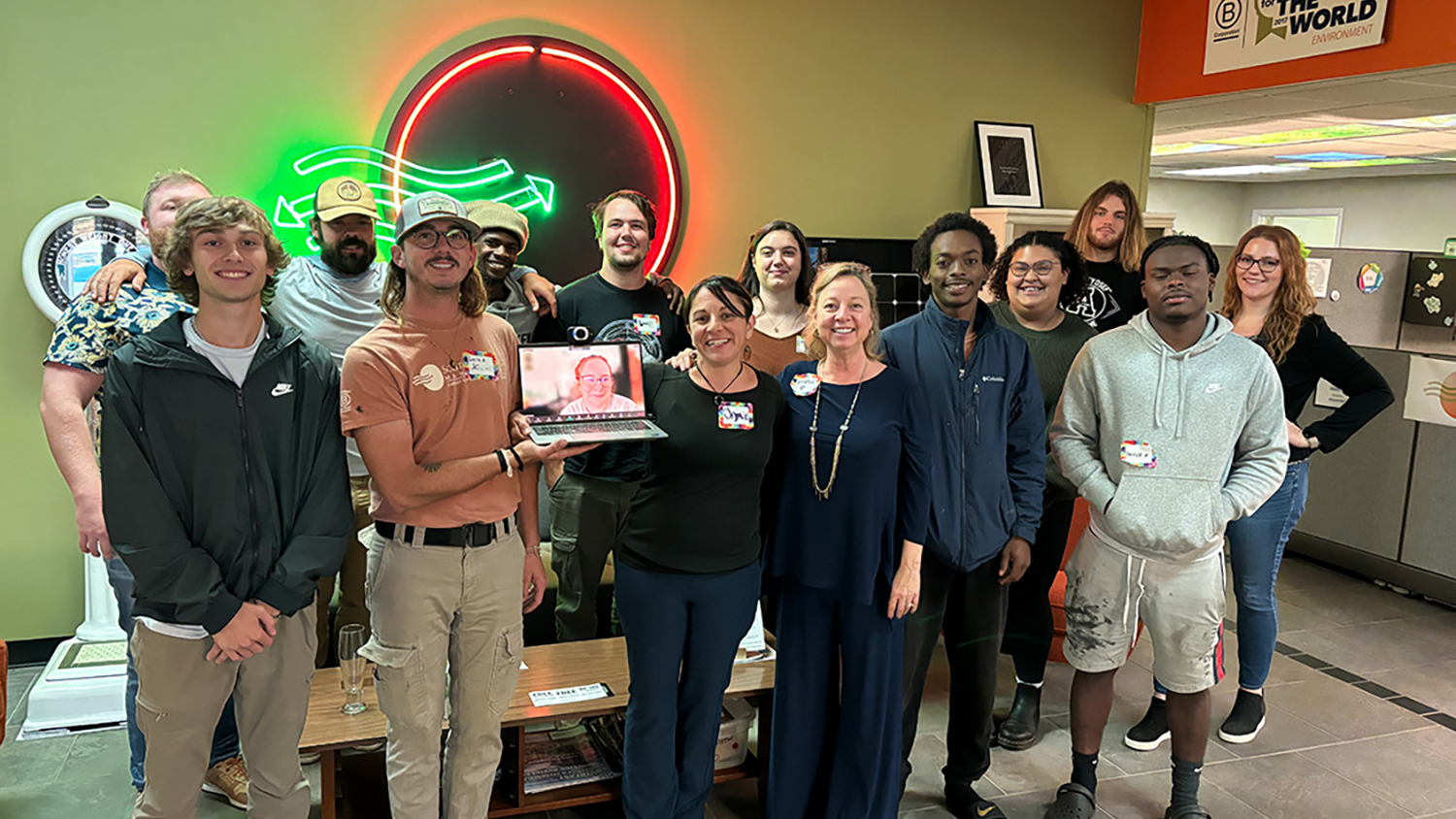Online Tool Aims to Help Researchers Sift Through 15 Centuries of Data

Digital humanities scholars from NC State University and Texas A&M University are launching a powerful new system to help researchers more quickly and accurately sift through hundreds of thousands of archives and articles related to materials dating from 450 A.D. to the 20th century. The new tool, called BigDIVA, will be formally unveiled later this month.
“Our goal in developing BigDIVA was to create a tool to help us explore our cultural heritage and facilitate scholarship in fields ranging from literature and religion to art and world history,” says Tim Stinson, an associate professor of English at NC State and one of the BigDIVA project’s creators. “And we think we delivered.”
BigDIVA, which stands for Big Data Infrastructure Visualization Application, offers a visual interface for navigating scholarly, peer-reviewed humanities content, such as historical documents, images of art and artifacts, and any scholarship associated with those things.
The system displays results in an infographic format that is organized by category, such as journal articles or online digital collections; and color coding distinguishes those items you have immediate access to from items that a user doesn’t have permission or a subscription to access. For example, if a user is searching from a home computer and doesn’t have access to a specific journal article, the article would be shaded gray. But if the user logged in through a university library that did have access to the journal, the article would be shaded blue. The visual format is designed to let users navigate myriad search results quickly.
And, because BigDIVA’s content is curated, search results aren’t cluttered with irrelevant items – such as off-topic search results that may crop up when using conventional search engines.
For example, if a user searches for the 14th century poem Piers Plowman, BigDIVA’s search results would include images of actual manuscripts, transcriptions of those manuscripts, and related scholarly articles. The results would not include Twitter accounts or editions of Piers Plowman that are for sale by online booksellers.
“Our plan is to market BigDIVA as a subscription-based service to libraries and the higher education community,” Stinson says.
Based on an idea by Texas A&M’s Laura Mandell, Stinson developed a proof-of-concept prototype of BigDIVA with postdoctoral researcher Matt Davis and Markus Wust, a digital research and scholarship librarian at NC State. Mandell’s team at Texas A&M then rebuilt BigDIVA from the ground up to make it more user friendly.
The collaborators then began testing the beta version of BigDIVA with target audiences earlier this year – and are still in the process of fine-tuning the site.
Currently, BigDIVA is particularly strong at delivering results from the medieval period and the 18th and 19th centuries – reflecting the research interests of Stinson and Mandell.
“But we have been working closely with scholars of the Renaissance and 20th century periods, and those should be up to speed within the next year or two,” Stinson says. “Really, the whole project – for every period – is constantly expanding.”
BigDIVA will be formally unveiled Oct. 16 at the James B. Hunt Jr. Library Teaching and Visualization Lab on NC State’s Centennial Campus. The event is free and open to the public.
Note: This is a guest post from Matt Shipman at NC State News.


